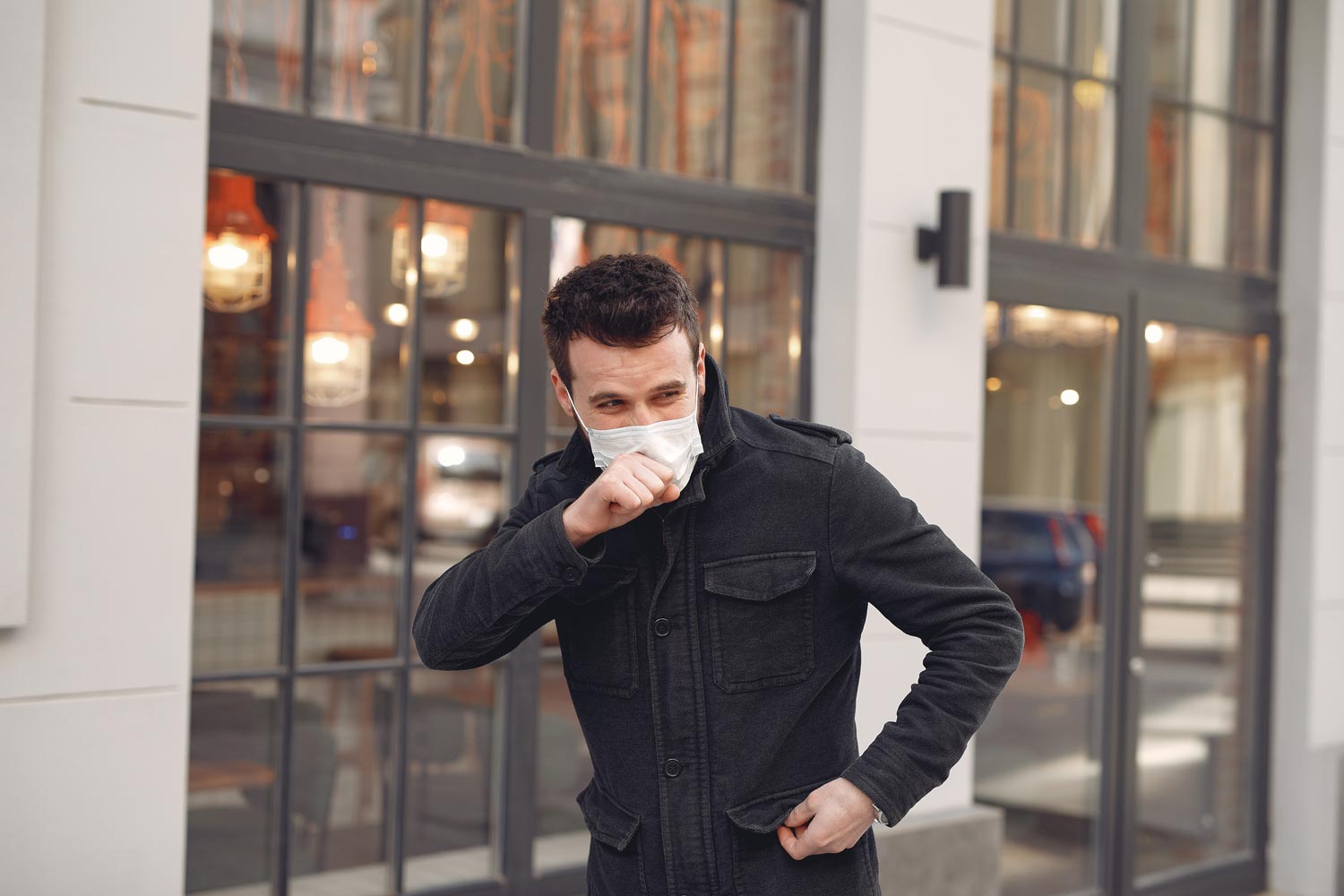COVID-19 has spread across the globe like a wildfire. One of the primary symptoms of this illness is a cough.
As healthcare providers, we are often asked about management of a bad cough.
What is a cough?
 According to the Mayo clinic a cough is your body’s way of responding when something irritates your throat or airways. An irritant stimulates nerves that send a message to your brain. The brain then tells muscles in your chest and abdomen to push air out of your lungs to force out the irritant. An occasional cough is normal and healthy.
According to the Mayo clinic a cough is your body’s way of responding when something irritates your throat or airways. An irritant stimulates nerves that send a message to your brain. The brain then tells muscles in your chest and abdomen to push air out of your lungs to force out the irritant. An occasional cough is normal and healthy.
What structures are involved in coughing?
Your rib cage consists of 12 vertebrae with 12 pairs of rib bones. The last two (11, and 12) ribs are called floating ribs because they do not attach in the front of your body. In the front of your rib cage there is a bone which protects the lungs and heart.
The manubrium and sternum work together to connect the ribs in the front of your body and allow for proper movement and protection.
The soft tissue structures involved in a cough are the diaphragm and external oblique muscles. They contract in order to produce inhalation. This prepares the lungs to expel the irritant that is causing you to cough.
According to lifescience.com, the average human cough would fill about three-quarters of a two-liter soda bottle with air — air that shoots out of the lungs in a jet several feet long. Coughs also force out thousands of tiny droplets of saliva.
What can you do to help your lungs and respiratory system when you have a cough?
As chiropractors and physical therapists, there are techniques and exercises we use to help our patients manage their cough symptoms. Here are a few tips that might help.
1. Controlled Coughing
- Sit in a neutral position with your legs at 90 degrees.
- Take a deep breath in through your nose then slowly exhale through your mouth.
- As you exhale place your hands on your stomach below your rib cage and push while leaning forward.
- As one exhales gently but firmly cough 3 to 4 times.
- Repeat three to four times then rest.
2. Postural Draining
- Postural drainage techniques can be done supine, prone (on your stomach) or side lying.
- With each position you want to place pillows under your pelvis so that your chest is below your hips.
- Start with a slow controlled inhale. Each exhale should take twice as long as the inhale, which is called 1:2 breathing.
- Continue this for 4-5 minutes.
3. Chest Percussion
- These can be done on both the front of the chest or on your back and are most effective if they are performed by another person.
- You want to cup your hand and gently tap on the area of the lungs. Firm yet controlled strikes without injuring the patient.
- It should not be painful, but you want to use enough force to loosen up any mucus that may be in the lungs.
4. Chiropractic Manipulations
- The chiropractic manipulation of the thoracic spine aligns the musculoskeletal system and allows for proper function of the lungs.
- If your spine is misaligned it can place stress and pressure on the nerves that innervate the lungs.
- Without proper nerve innervation your lungs cannot inhale and exhale properly.
5. Stretching
- Find a corner of any room where the 90 degree angle of the wall is unobstructed.
- You want to place your hands on the wall at chest level as far apart as possible.
- Picture performing a wall pushup into a corner of a room.
- You will want to step forward with one leg then bring your chest to the wall without moving your hands.
- You will be stretching the pectoralis muscles of your chest and opening up the chest cavity.
- Perform 10 repetitions three times and rest in between sets.
Here at The Center For Spine Care and Mobility our practitioners are trained to examine, diagnose, and treat injuries of the the entire body but pride ourselves on our integrated approach. By having a trained professional examine and diagnose your issue gives you the best chance for recovery.
Treatment options such as Active Release Technique, Graston Technique, nerve flossing, PNF stretching, specific massage techniques, Acupuncture, trigger point injections, and even bracing can all have a positive impact on the way your body heals. If you would like to learn more about our treatment options feel free to contact our facility.
